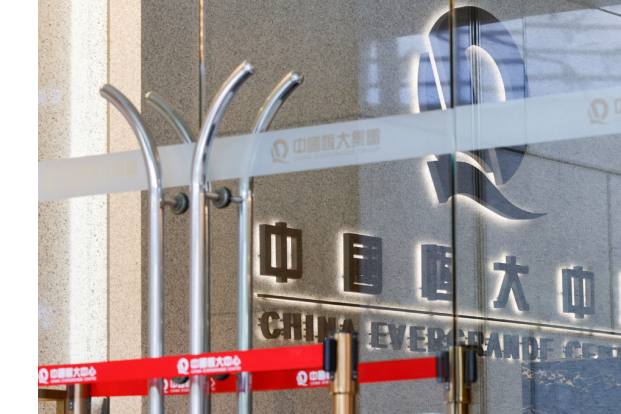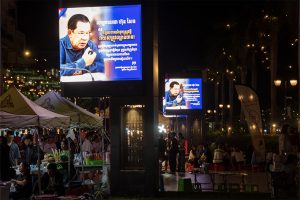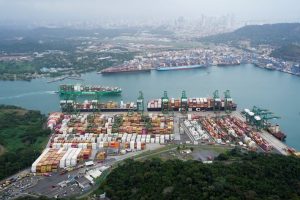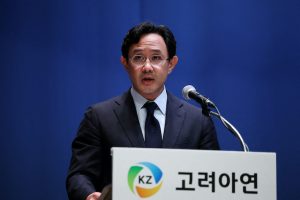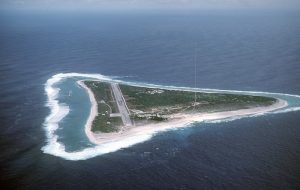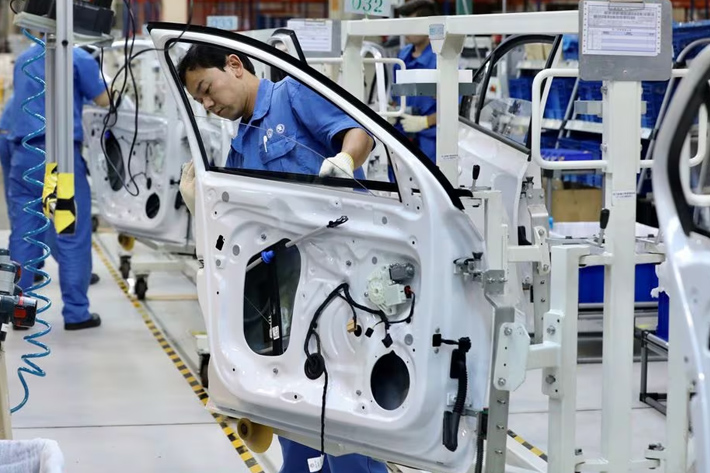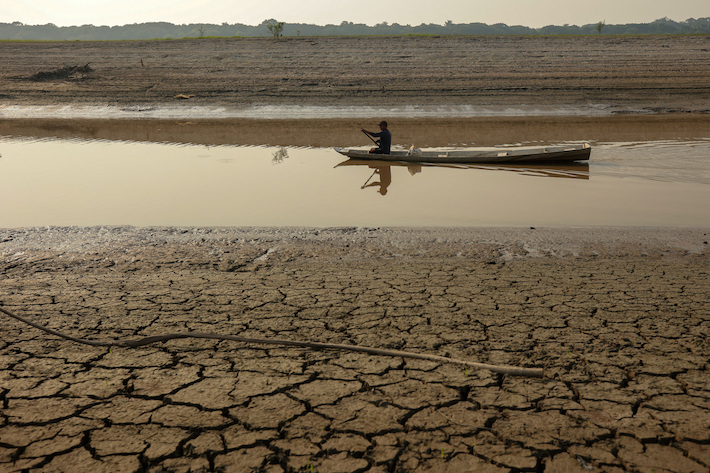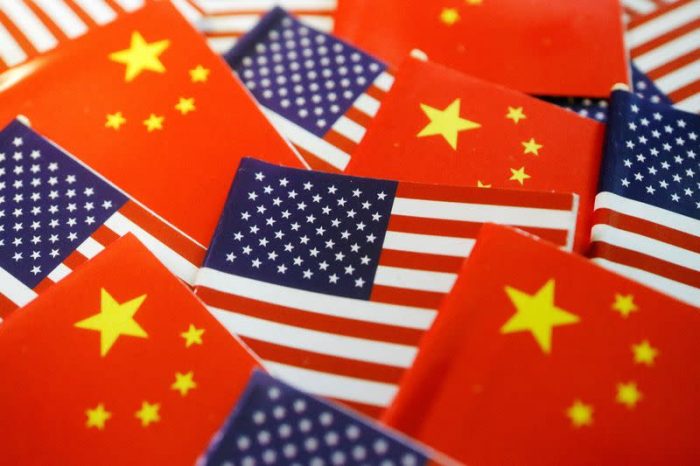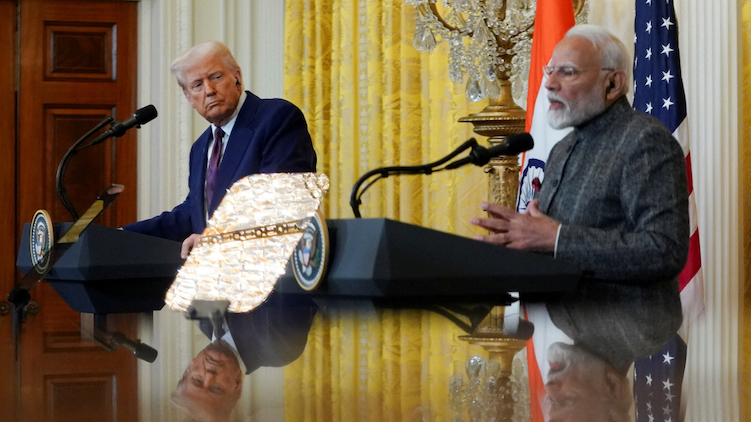Liquidators of China Evergrande Group – the world’s most indebted property developer – said on Tuesday they have sold about $255 million of its assets.
After a year and a half of China’s largest debt liquidation process, the liquidators said in a filing that they have taken control of more than 100 of the company’s subsidiaries, while receiving creditor claims totalling $45 billion – much higher than liabilities of $27.5 billion in 2022 in the last disclosure.
The liquidation of the world’s most indebted property developer has proved challenging, as the majority of Evergrande’s units and assets are onshore and many of them have been seized by creditors.
ALSO SEE: Trump’s Tariffs Spur Calls to Boycott American Goods in India
Given the scale and complexity of the company, Evergrande’s liquidation could take more than a decade to be completed, according to offshore investors.
While the pace of asset disposals for debt recovery was faster than market expectations, the value was still far below the creditors’ claims.
Failed to provide a viable debt rejig plan
The developer’s shares will be delisted from the Hong Kong Stock Exchange on August 25 after they failed to resume trading as per listing rules, the filing said.
Shares of Evergrande, once China’s top developer, which was listed in Hong Kong in 2009, are facing delisting after having been suspended from trading since January 29, 2024, the day the company received a liquidation order from the Hong Kong High Court.
The liquidation order came after Evergrande failed to provide a viable restructuring plan for $23 billion in offshore debt amid a crisis in the Chinese property sector that erupted in mid-2021. The company collapsed with more than $300 billion in liabilities.
Many property companies across the country have defaulted since, and China’s property market, once a key growth driver for the world’s second-largest economy, has been in a multi-year tailspin despite repeated government attempts to revive weak consumer demand.
Developers face deteriorating cashflow, but their bondholders are resisting taking heftier losses on their investments, delaying negotiations between companies and creditors, restructuring advisers have said.
‘Painstaking, time-consuming exercise’
In a progress report published on Tuesday, Evergrande’s liquidators, Alvarez & Marsal’s Edward Middleton and Tiffany Wong, said entities now under the liquidators’ direct management control had a total value of $3.5 billion at the time of the liquidation order.
Of the $255 million worth of asset sales, however, only $11 million came from assets held directly by Evergrande, while the rest were held by its subsidiaries.
The liquidators cautioned that it should also not be assumed that the $244 million derived from assets held by Evergrande’s units will all be available to it. Only $167 million has been delivered so far.
“The ownership structures of these assets are in most cases multi-layered, involve corporate entities incorporated in more than one jurisdiction, have voluminous and complex intra-group transactions within them and, in some cases, have external creditors,” the liquidators added in the filing.
“All of this makes the upstream distribution of the proceeds of realisation of an asset a painstaking and time-consuming exercise.”
The total proceeds raised include the sales of a variety of non-core assets, such as equity interests in the futures and securities brokerage businesses, school bonds, club memberships, artwork and motor vehicles.
$45bn of debt claims
As of July 31, creditors had submitted 187 debt claims totalling $45 billion, according to the filing. The figure compares to liabilities of $27.5 billion disclosed in the company’s last financial statements for 2022.
The liquidators warned, though, that the figure could change and would be assessed to ensure duplicate or misleading claims had not been made.
Evergrande’s two most valuable assets are its shares in listed units Evergrande Property Services and Evergrande New Energy Vehicle, and the liquidators have been looking for buyers for them.
For the property services unit, in particular, the liquidators said they have appointed legal and financial advisers to assist them in the process.
As there is no clear path to a viable and more encompassing restructuring, the liquidators said they will continue to focus efforts on realising assets and investigating the causes of insolvency and possible claims arising from them.
The liquidators have taken legal action against PricewaterhouseCoopers, accusing it of “negligence” and “misrepresentation” in its work for the group.
They are also suing property services company CBRE and investment banking advisory firm Avista over valuation reports they produced for Evergrande and its subsidiaries in 2018.
- Reuters with additional editing by Jim Pollard




